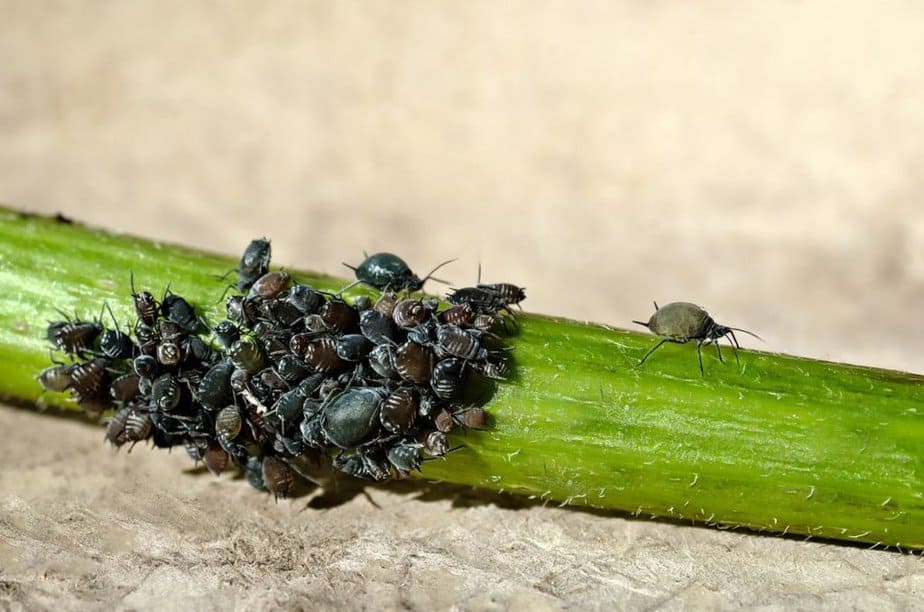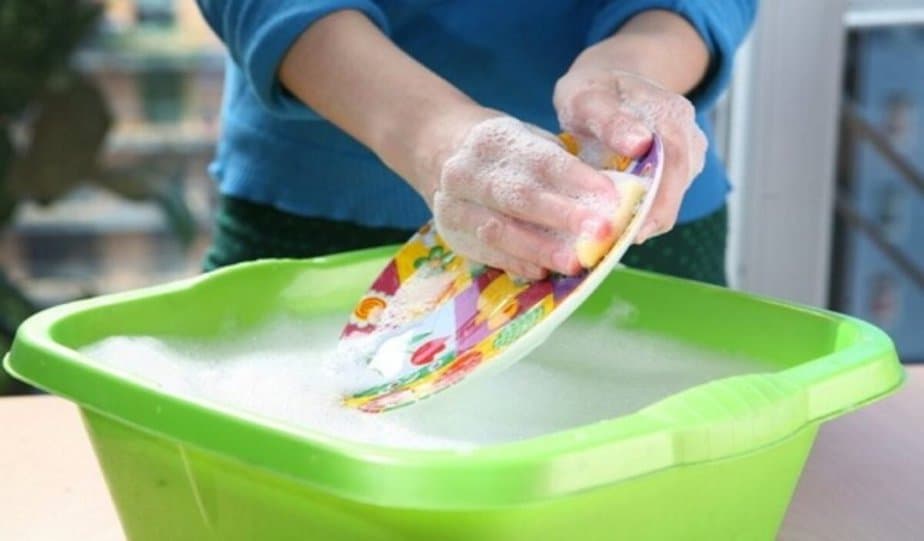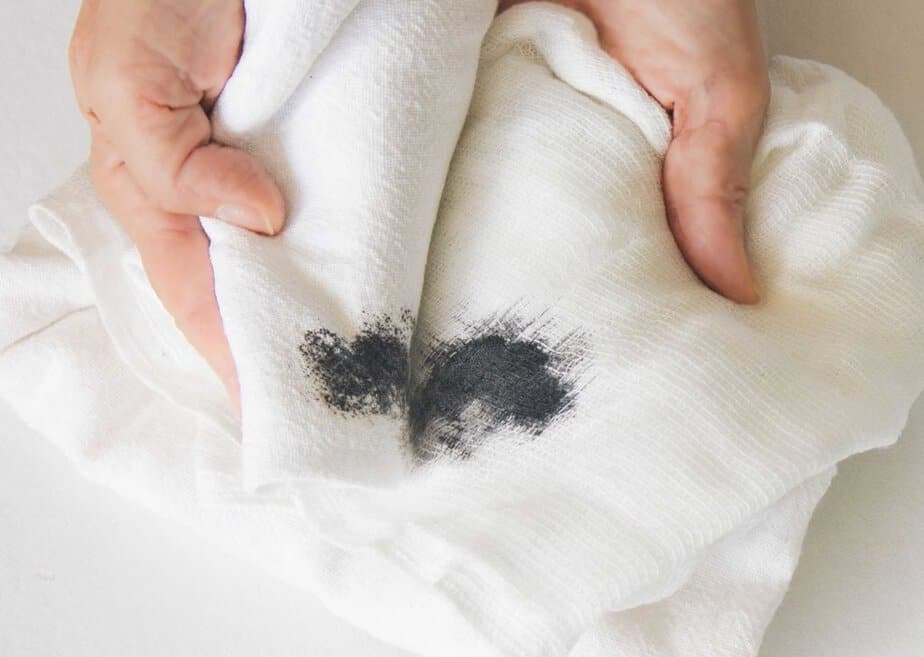Ashes from campfires and fireplaces are usually a scattered and unimportant household waste product for most people. However, many people don’t think about the fact that ashes can have useful other uses for wood, and be a valuable resource in the home.
In this article, we will look at some interesting ways to use ashes to make the most of this seemingly inconsequential waste. From the environmental aspects to the domestic sphere, we will tell you what to do with ashes from fires and bonfires so that they don’t just turn into useless rubbish but become a useful resource.
Here Are 10 Amazing Things You Can Do With Fireplace Ash
1. Soil Fertilizer

Soil Fertilizer: campfire ashes use wood ash contain many nutrients such as potassium, phosphorus, and calcium, making them an excellent organic fertilizer for plants.
Wood ash from a campfire is an excellent organic fertilizer for the soil. Here are a few reasons why it is useful:
- Mineral-rich composition
- Regulates soil acidity (acid loving plants)
- Improves soil structure
- Suppresses pests and diseases
To use campfire wood ash as fertilizer, it can be spread evenly over the soil surface or mixed into the soil before sowing or planting. However, it is important to remember that ashes can contain high levels of alkalis, so it is advisable not to use too much ash or high a dose soaking ashes and to check the acidity of the soil before application.
Take care when using ashes from a bonfire to avoid direct contact with skin and eyes. It is recommended to wear full protective gear, gloves and goggles and take safety precautions when compost ash and storing it.
The ashes can be stored in a closable bag or another sealed container, such as a metal bucket with a lid, if you intend to use them elsewhere.
2. Pest repellent

Pest repellent: Ashes from a bonfire can be used to repel certain pests in a garden or vegetable garden. For example, it can be scattered around tomato plants, to deter snails or fleas.
Applying ashes from a campfire has the following benefits:
Repelling insects: The ashes contain various minerals such as potassium, phosphorus, and calcium, which repel insects such as aphids, weeds, and other pests.
Increase soil fertility, add ash: Campfire ash is a natural fertilizer that contains various nutrients. When the wood ash itself is added to the soil, it helps to improve its structure, enrich it with nutrients, and increase its yield.
Protecting plants from disease: Campfire ashes contain alkaline substances that can help fight some plant diseases. For example, fireplace ashes can be effective against mold, black bark, and other fungal diseases susceptible plants.
How To Use Campfire Wood Ash To Repel Pests?
Spread the ashes around the perimeter of the garden or around plants and garden soil that are prone to pest attack. This can make it harder for insects to reach the plants. Sprinkle ashes on topsoil around plants or on beds to discourage weeds and reduce their growth.
You can mix the ashes with water and use the resulting mixture as a sprayer. This can help control insects and prevent the spread of disease. It is important to remember that campfire ash is not a universal remedy for all pests and diseases. In addition, before using the ash, it is important to make sure that it does not contain any toxic chemicals, substances or contaminants that could damage plants or soil.
3. Dishwashing

Dishwashing: Campfire wood ash can be used as a natural abrasive for cleaning dishes. It is acidic soil can help remove stubborn stains and food residues.
Bonfire ash can be used to repel various pests in the garden or vegetable garden. The use of fire ashes has the following benefits:
Repelling insects: The ashes contain various minerals like potassium, phosphorus, and calcium, which repel insects like appears, weeds, and other pests.
Increase soil fertility: Campfire ash is a natural fertilizer that contains various nutrients. When the ash from hot embers is added to the soil, it helps to improve its structure, enrich it with nutrients, and increase its yield.
Protecting plants from disease: Wood ash from a bonfire contains alkaline substances that can help fight some plant diseases. For example, wood ash good can be effective against mold, black bark, and other fungal diseases.
How To Use Campfire Wood Ash To Repel Pests?
Spread the ashes around plant roots on the perimeter of the garden or around plants that are prone to pest attack. This can make it harder for insects to reach the plants. Sprinkle wood ashes on topsoil around plants or on beds to discourage weeds and reduce their growth.
You can mix the wood ashes with water and use the resulting mixture as a sprayer. This can help control insects and prevent the spread of disease. It is important to remember that campfire ash is not a universal remedy for all pests and diseases. In addition, before using the wood ash, it is important to make sure that it does not contain toxic substances or contaminants that could damage plants or soil.
4. Deodorization

Deodorization: Campfire ash has strong absorbent properties and can be used to remove unpleasant odors.
Ashes from a campfire can be used for deodorization in a variety of applications:
1. In a domestic environment, campfire ashes can be used to soften and eliminate unpleasant odors in the refrigerator or waste bin.
2. In agriculture, campfire wood ash is used to deodorize livestock buildings.
3. In gardening, fire wood ash can be used to deodorize a full compost pile or heap.
4. In the automotive sector, campfire wood ashes can be used to remove odors from the interior of a car.
5. At home, wood ashes from wood stove and the fire can be used to deodorize shoes.
It is important to remember that campfire wood ash is not a universal deodorant, and its use may have limited effect.
5. Fire Extinguishing

Fire extinguishing: wood ash from a campfire can be used to put out small fires, especially those caused by oil or grease. It will effectively smother the fire by depriving it of oxygen.
Explain to the people around the fire that extinguishing is necessary to a fire pits prevent a fire.
Make sure everyone around the fire agrees that extinguishing the fire control it is necessary and ensures their safety.
Prepare buckets or small containers to collect ashes. Carefully use shovels or other tools to remove the top layer of ash from the fire.
After removing the ashes, place them in a metal container with the prepared containers.
Make sure the containers are well sealed to avoid the scattering of hot ashes, and a possible fire.
Move the ash containers to a location where they will not cause harm or ignition.
For example, a short distance from a campfire or in a designated burning area.
If possible, monitor the ash containers for a period of time to make sure there is no ash dispersal or ignition.
If there are problems or an uncontrolled situation during the extinguishing process, call fire safety professionals or the fire service immediately.
It is important to remember that fire extinguishing must be carried out with care, following all safety precautions. It is also important to check and follow local rules and regulations regarding fire extinguishers and the use of ash storage containers.
6. Cleaning Glass

Cleaning glass: Ashes from a bonfire can be used to clean glass, such as windows or mirrors. Follow the steps below to clean dirty glass:
- Take a container or bucket and fill it halfway with water.
- Add 1–2 teaspoons of fire ash to the water.
- Stir the contents of the water and ashes to mix the ashes.
- Sprinkle some ash on a cloth or sponge.
- Gently rub the stain on the glass or windows using a rag or sponge with the ashes.
- Allow the ash on the glass to “dry” slightly for a few minutes.
- Then, using a dry rag or paper towel, wipe the ash and residue off the glass.
- If there is any ash or dirt residue, repeat the procedure, but without adding new ash.
- Finally, wipe the glass with a dry, clean, and soft cloth to remove any residue and give the glass a shiny finish.
Please note that before using the ash to clean the glass, make sure it is completely cooled down and free of hot or sharp objects to avoid damaging the glass.
7. Anti-Slip Coating

Anti-slip coating: Ashes from a bonfire can be used to create an anti-slip coating on icy paths or pavements.
The anti-slip coating made of campfire ash has the following characteristics:
Texture: Bonfire ash has a fine and rough texture that provides excellent grip and significantly reduces slipping.
Moisture Absorption: The ash is able to absorb moisture, which helps to reduce slipping during rainstorms or when other sources of moisture are present.
Thermal Insulation: The soil wood ash made from a bonfire has good thermal insulation properties, which prevent cold penetration and protect against the formation of an icy coating.
Durability: Bonfire ash is a reliable and durable material for anti-slip coatings. It does not lose its properties for a long time and does not require special maintenance.
Environmentally friendly: Ashes are a natural and environmentally friendly material, so their use as an anti-slip coating is not harmful to the environment.
8. Stain Removal

Stain removal: campfire ash can be used as a natural remedy to remove stains from clothes or textiles.
Campfire ash can be used to remove some stains from clothes due to its mild abrasive, and absorbent properties.
Several Ways To Use Campfire Ashes To Remove Stains
1. Mix the ashes with baking soda and a little water until you get a paste-like consistency. Apply this paste to the stain and leave it on for 10–15 minutes. Then gently wipe off the ash with a brush or soft cloth.
2. Apply a small amount of ash directly to the stain and rub it with a soft cloth or an old toothbrush. Such a process will erase the stain because of the abrasive properties of the ash.
3. If you have a grease or oil stain, damp cloth, apply a small pinch of ash to the stain and rub gently. Afterward, rinse the fabric with cold water and wash in the usual way.
It is important to remember that not all stains can be removed with campfire ash. Some stains, such as blood or dye, may be more stubborn and require other methods of removal.
9. Entertainment

Entertainment: the leftover ashes from the bonfire can be used to create artwork or drawings.
Ashes from a campfire can really be used to create interesting artwork or drawings. Here are a few ways you can use ashes in your artwork:
Ash Painting: Ashes can be used as a unique material to create black-and-white artwork and drawings. You can use it to paint landscapes, portraits, or abstract compositions.
Monotype with ash: Monotype is a printing technique in which a drawing is created on a flat surface and then transferred to paper or fabric.
Stencils: Using ashes as stencils can create interesting effects and textures in your work.
Collages: Ashes can be used as an interesting texture for collages. Cut out or draw different shapes and motifs, and then apply ash to the surface to add subtle texture and nuance to your collage.
Thermometer: Ashes can be used to create unique decorative elements, such as on vases and frames.
10. Did you know that chickens love dust baths?
Yes, it’s true. Chickens, like some other birds, often take dust baths. This is an important part of their natural behavior and helps them keep their feathers in good condition. During a dust bath, a hen rolls around in dusty or dry soil, using its wings and feet to smear dust on its feathers.
They then use their beaks and feet to spread this dust over their feathers. A dust bath has several benefits for chickens. Firstly, the dust helps to regulate the secretion of oil from a gland located at the base of the tail. This oil helps protect the feathers from bad environmental influences such as moisture and dust. Using a dust bath allows chickens to clean their feathers often enough to keep them in good condition.
Secondly, a dust bath helps control parasites in chickens. The grains of sand or dust they pick up while bathing can help get rid of external parasites such as mites and lice.
Without access to a dust bath, they can suffer from feather problems, parasites, and even social isolation. Therefore, it makes sense to provide chickens with access to a dust bath to keep them healthy and happy.
Сonclusion
In conclusion, there are several options for what to do with the ashes from a used fire pit ash can. Ultimately, the decision on how to dispose of the ashes from the fire pit depends on individual preferences and specific conditions.